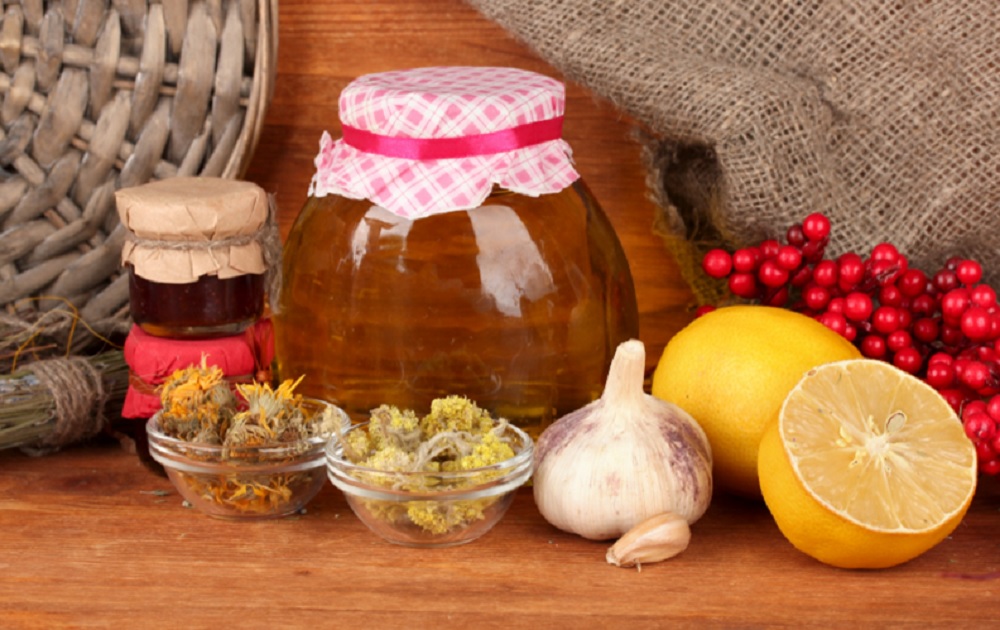
Honey, often referred to as nature’s liquid gold, is a sweet treat enjoyed by many around the world. The process of making honey is as fascinating as the golden substance itself. While honey is produced through conventional means, there is a growing interest in more exotic types, such as hallucinogenic honey, also known as mad honey.
However, the legal status and safe consumption of such varieties raise important questions. In this article, we will explore how honey is made legally in the production process, the legal considerations surrounding mad honey, and the safe usage of honey.
The Mystery of Mad Honey
While honey is widely consumed, there is a lesser-known type called mad honey, which is famous for its hallucinogenic properties. Mad honey is produced by bees that collect nectar from specific flowers, such as those of the rhododendron plant, which contains grayanotoxins. These toxins are what give mad honey its unique effects, including dizziness, euphoria, and, in some cases, hallucinations.
Is Mad Honey Legal? The legal status of mad honey varies by country. In some regions, such as Nepal and Turkey, where mad honey is traditionally harvested, it is legal to produce and consume. However, it is often sold in limited quantities due to its potent effects. In other countries, mad honey is either restricted or outright illegal because of the potential health risks associated with its consumption.
Before trying to make honey, it is crucial to understand the local laws and regulations. If you’re asking, “Is mad honey legal?”, research the specific stance on this product. Importing or consuming mad honey in regions where it is banned can lead to legal consequences.
Safe Mad Honey Dose: For places where mad honey is legal, it is essential to adhere to the recommended mad honey dose. Consuming too much can lead to severe side effects, such as nausea, vomiting, and even heart complications. Typically, a safe dose is small, often just a teaspoon. However, it is advisable to consult with a knowledgeable source or local expert before consumption due to potency.
The Legal Production of Conventional Honey
The production of honey begins with bees, specifically the species Apis mellifera, commonly known as European honey bees. The process is natural where bees collect nectar from flowers, which is processed into honey through enzymatic activity and dehydration.
Bee Farming and Hive Management: Legal honey production involves ethical beekeeping practices, where beekeepers manage hives, ensuring bees have a healthy environment. In many countries, regulations are in place to protect bee populations and ensure that honey is harvested sustainably. For example, beekeepers must ensure that hives are free from pesticides and other harmful chemicals that could contaminate the honey.
Extraction and Bottling: Once the honey is ready, it is extracted from the honeycombs through a process that typically involves centrifugal force. The extracted honey is then filtered to remove impurities, such as wax or bee parts. After filtration, the honey is bottled, labelled, and sold. This process is regulated to ensure the honey meets safety and quality.
The Production Process of Hallucinogenic Honey
Making hallucinogenic honey, like mad honey, is similar to conventional honey but involves different floral sources. Bees that produce hallucinogenic honey gather nectar from specific toxic plants, which naturally infuse the honey with grayanotoxins.
Natural Process: The bees are not forced to collect nectar from these plants. Instead, they naturally forage on the available flowers in their environment. This makes the production of hallucinogenic honey both a natural and unpredictable process, as the potency of the honey can vary depending on the concentration of toxins in the plants and the amount of such nectar collected.
Legal Considerations for Producers: In regions where producing mad honey is legal, beekeepers must still adhere to local regulations regarding the sale and distribution of the product. This often includes labelling the honey with warnings about its effects and recommended dosage. Beekeepers must also guarantee honey is tested for toxin levels to prevent dangerous batches from reaching consumers.
The Balance of Tradition and Safety
Honey production is deeply rooted in tradition and natural processes. Legal honey production emphasises sustainability, safety, and quality, ensuring consumers enjoy this sweet treat without health risks.
However, when it comes to hallucinogenic honey like mad honey, it is vital to approach it with caution. Whether savouring a spoonful of honey or exploring the intriguing effects of mad honey, respecting the process and its legal implications lead to a safe and enjoyable experience.
Contact Maddest Mad Honey for more information.






